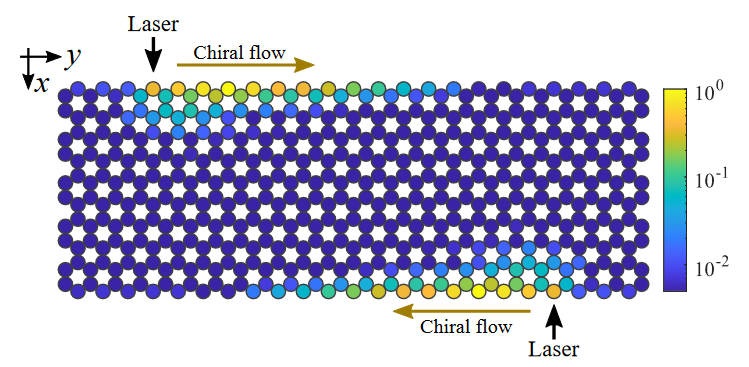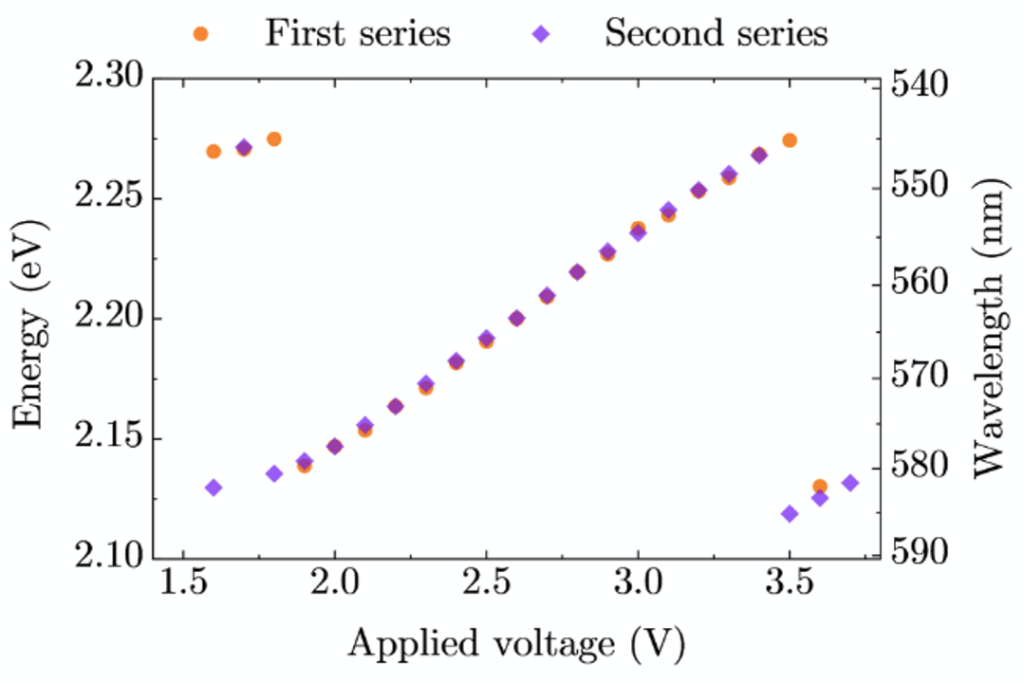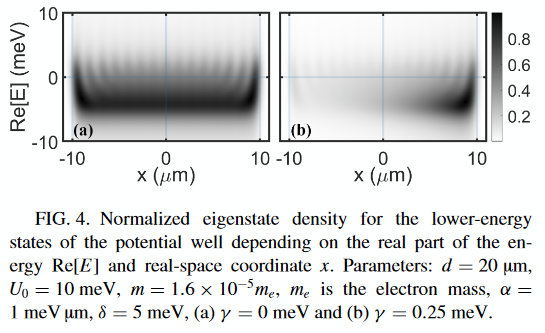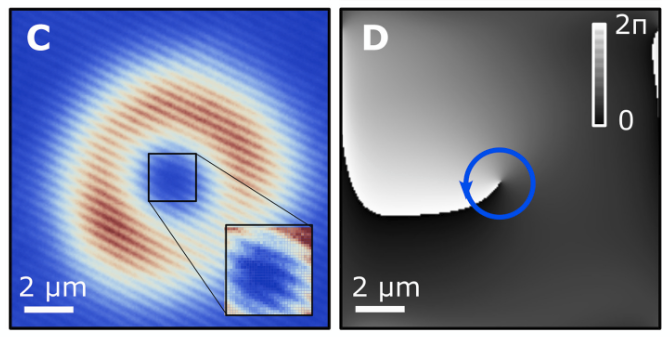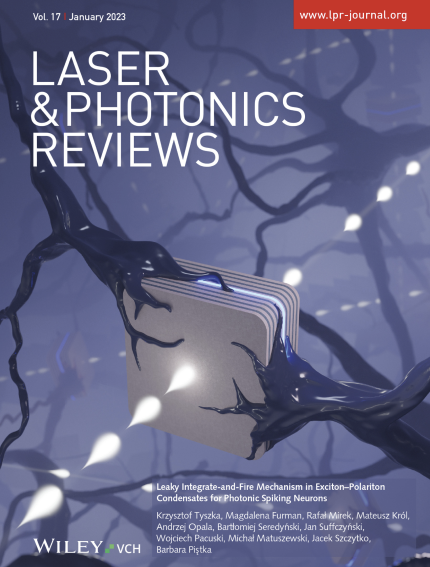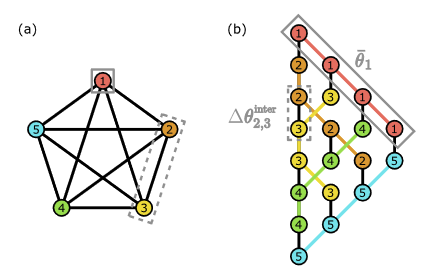Aristov, Denis; Baryshev, Stepan; Topfer, Julian D.; Sigurdsson, Helgi; Lagoudakis, Pavlos G.
Directional planar antennae in polariton condensates APPLIED PHYSICS LETTERS 123, 121101 (2023) https://doi.org/10.1063/5.0159665
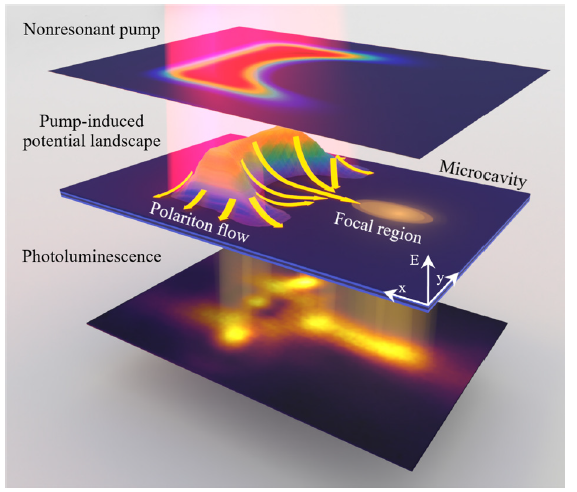
We report on the realization of all-optical planar microlensing for exciton–polariton condensates in semiconductor microcavities. We utilize spatial light modulators to structure a nonresonant pumping beam into a plano–concave lens-shape focused onto the microcavity plane. When pumped above condensation threshold, the system effectively becomes a directional polariton antenna, generating an intense focused beam of coherent polaritons away from the pump region. The effects of pump intensity, which regulates the interplay between gain and blueshift of polaritons, as well as the geometry of the lens-shaped pump are studied, and a strategy to optimize the focusing of the condensate is proposed. Our work underpins the feasibility to guide nonlinear light in microcavities using nonresonant excitation schemes, offering perspectives on optically reprogramable on-chip polariton circuitry.


